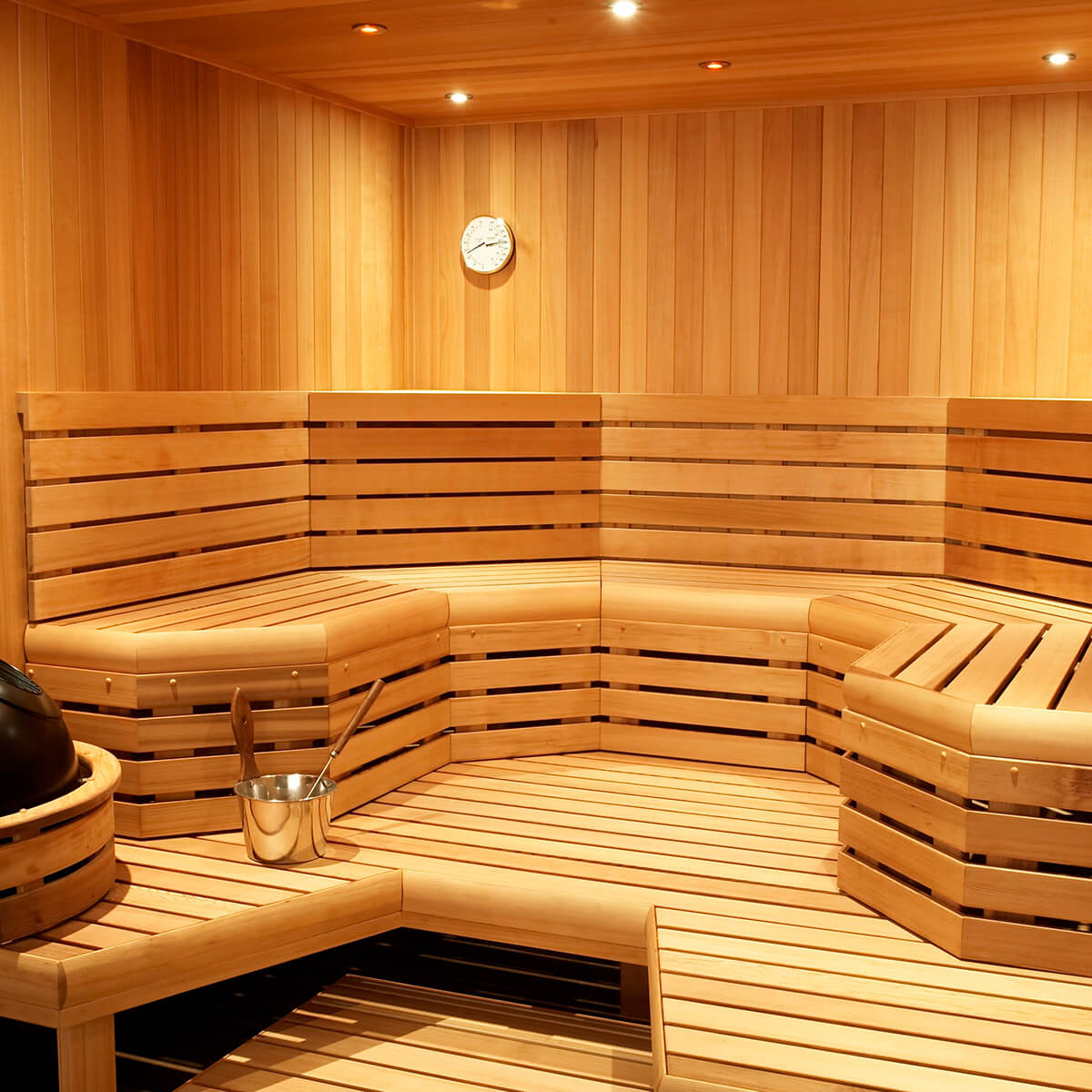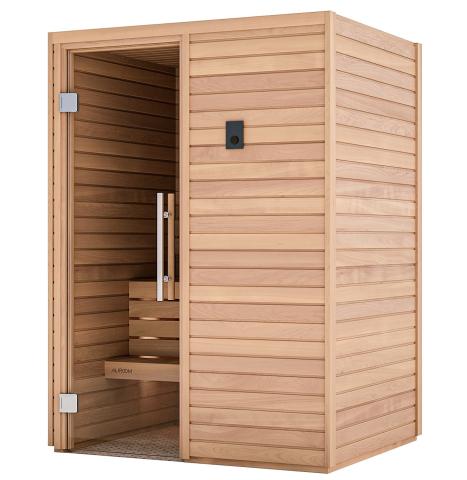The Traditional Sauna Statements
Table of ContentsTraditional Sauna Fundamentals ExplainedWhat Does Traditional Sauna Mean?The Traditional Sauna PDFsWhat Does Traditional Sauna Mean?The Basic Principles Of Traditional Sauna
Energy financial savings is something to consider for individuals who intend on using their sauna often. For a typical sauna, bathers typically require to wait for 30-40 mins for the space to pre-heat prior to going into. Infrared saunas, on the various other hand, commonly reach their suitable temperature in around 15 minutes.That means that in an infrared sauna, bathers can start enjoying their sauna promptly. One distinction between the 2 kinds of sauna that is usually ignored is the social experience.

Traditional Sauna Things To Know Before You Get This

Try a sauna today and uncover a few of the fantastic benefits for yourself!.

Aspects such as warm tolerance, wanted degree of detoxification, and total wellness ought to be thought about when making a decision which sort of sauna to utilize. Infrared saunas are a sort of sauna that use infrared light to warm the body directly, as opposed to heating up the air around the body like standard saunas.
Our Traditional Sauna Statements
The temperature level in an infrared sauna is commonly less than in a traditional sauna, with temperatures ranging from 120F to 150F. Infrared saunas use an array of advantages that make them an eye-catching alternative for those aiming to boost their health and health and wellbeing. Several of the advantages of infrared saunas consist of: Infrared saunas use lower temperatures than conventional saunas, which can make them much more comfortable for those who discover heats difficult to endure.
This can aid to advertise leisure, minimize muscular tissue tension, and eliminate discomfort. Some professionals suggest that infrared saunas might use benefits for relaxing an aching throat. Infrared saunas have actually been revealed to aid the body eliminate toxins through sweating. Sweating can anchor additionally aid to improve skin health by eliminating impurities and dead skin cells.
The warmth created by infrared saunas can help to boost blood circulation and enhance circulation. Infrared saunas have been shown to aid decrease stress and anxiety and advertise relaxation.
With their reduced temperatures, deep infiltration, and series of wellness benefits, infrared saunas are a terrific way to kick back, unwind, and enhance your overall wellness. Conventional completely dry saunas have been around for centuries and are still prominent today. They are commonly heated up with timber, gas, or electrical power and have reduced moisture levels.
Some Known Details About Traditional Sauna
There are a number of advantages to making use of a standard completely dry sauna. Below are a few: Leisure: The heat and low humidity in typical dry saunas can assist relax the muscle mass and helpful resources minimize stress levels. Cleansing: Sweating in a sauna can aid remove toxic substances from the body, which can boost total wellness.
When it comes to saunas, there are 2 main sorts of home heating techniques: standard and infrared. Standard saunas make use of heated air to heat the body, while infrared saunas utilize infrared radiation to permeate the skin and heat the body from within. One of the major distinctions in between the 2 approaches is the kind of warmth they create.
Standard saunas heat the air, which after that heats up the body via convection. Infrared saunas, on the various other hand, heat the body directly through radiation.
In regards to energy performance, infrared saunas are normally much more reliable than standard saunas because they call for less power to run. They also warm up much more quickly, so they can be utilized for shorter sessions. Traditional Sauna. When it involves the impacts on the body, both types of saunas have actually been shown to have advantages
Getting The Traditional Sauna To Work
Infrared saunas have been shown to have comparable advantages, in addition to potentially assisting with detoxification, skin health and wellness, and immune feature. In general, the selection in between a standard or infrared sauna boils down to individual preference and specific needs. Conventional saunas might be much better for those that prefer higher temperature levels and a more intense sweat reaction, while infrared saunas might be much better for those that desire a more gentle and efficient warm treatment.
Both kinds of saunas offer one-of-a-kind benefits and disadvantages that need to be considered before choosing. The option in between an infrared sauna and a conventional completely dry sauna mostly depends upon individual choice and the preferred benefits. Those who choose a more comfortable, lower temperature level atmosphere might favor an infrared sauna, while those that are looking for intense heat and a standard sauna experience might Get More Info favor a typical dry sauna.
Right here are some security pointers to bear in mind when utilizing infrared and standard completely dry saunas:: Saunas can create too much sweating, leading to dehydration. It is crucial to drink lots of water in the past, throughout, and after sauna sessions to remain hydrated.: It is suggested to limit sauna sessions to 20-30 minutes to stay clear of getting too hot and dehydration.